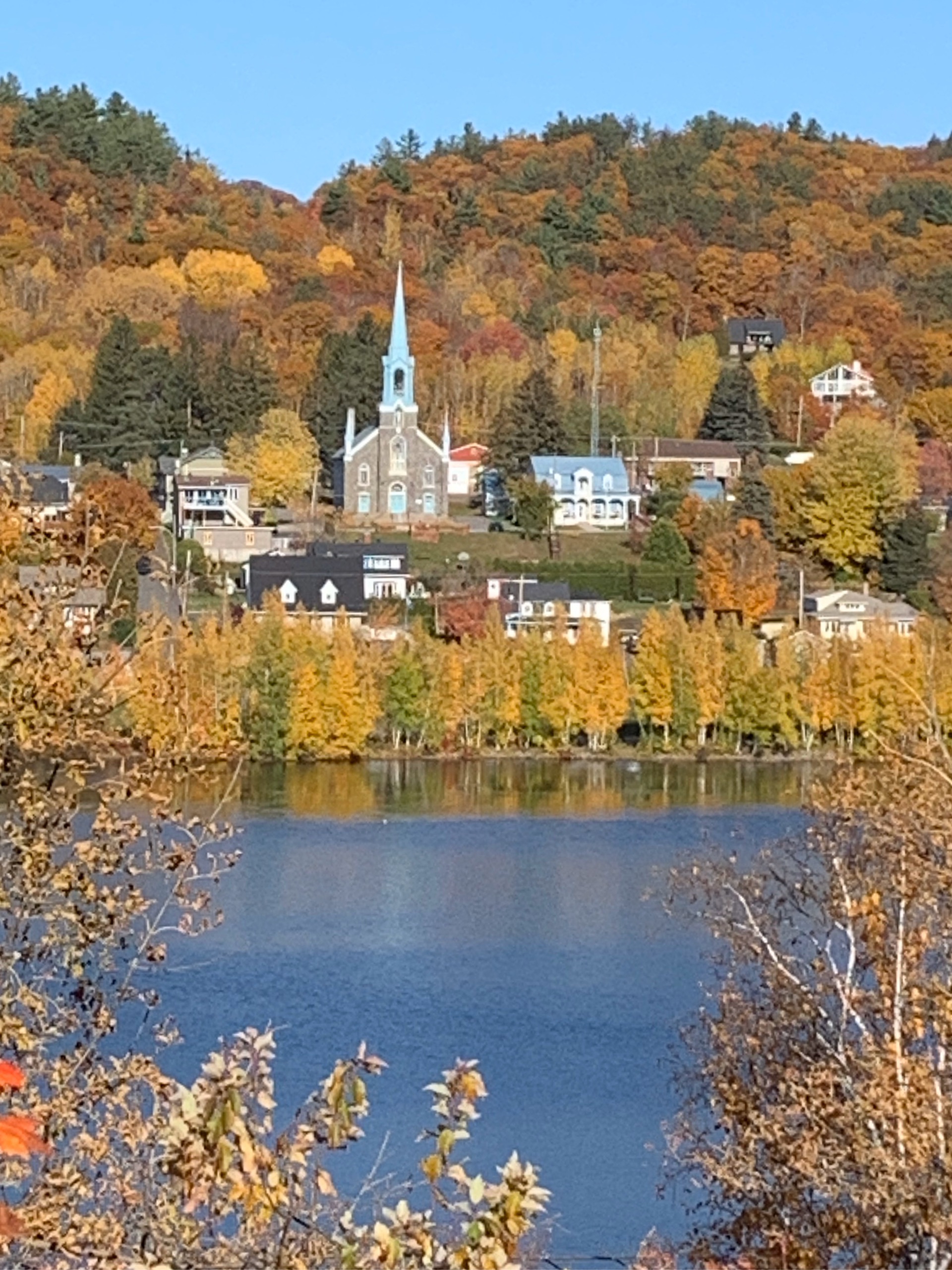Japan Travel
Hiroshima’s Peace Memorial Museum: Historical Attraction
The city of Hiroshima is a paradox. It is a name that evokes one of humanity’s darkest moments, yet the city itself stands as one of Japan’s most vibrant, forward-looking, and serene urban centers. At the heart of this profound contradiction lies the Hiroshima Peace Memorial Museum, an institution that transcends the conventional definition of a museum. It is not merely a collection of artifacts; it is a sacred space of memory, a stern warning, and a powerful, enduring plea for a peaceful future.
Located in the Hiroshima Peace Memorial Park, designed by renowned architect Kenzō Tange, the museum’s main building appears to hover over the park on massive pilotis. Its clean, modernist lines are a stark contrast to the emotional weight contained within. The walk through the park itself is a preparatory meditation. The gently flowing Motoyasu River, the serene greenery, and the haunting skeleton of the A-Bomb Dome—a UNESCO World Heritage Site preserved exactly as it was after the blast—set a somber, reflective tone. The Dome, visible from the museum’s windows, acts as a constant, grimly tangible reminder of the event the museum documents.

The museum’s narrative is meticulously and intentionally curated. It does not begin with the bomb itself, but with the city that was. The first exhibits introduce visitors to Hiroshima before August 6, 1945. Photographs show a bustling, modern military city, a key logistical hub for Japan’s war effort. We see ordinary life: children playing, people shopping, streetcars running. This contextualization is crucial. It personalizes the tragedy, moving it from an abstract historical statistic to the destruction of a living, breathing community of over 350,000 people. It forces the visitor to see the victims not as anonymous casualties of war, but as individuals with lives, hopes, and dreams.
The core of the exhibition is a chronological and sensory journey through the day of the bombing. A large model of the city pinpoints the hypocenter directly above the Shima Hospital, just a few hundred meters from the museum. At 8:15 a.m., a single clock, stopped at that exact moment, tells the time. Then, the horror is rendered in devastatingly personal terms. The museum’s power derives from its focus on the human scale of the catastrophe. It is not the strategic maps or military explanations that linger with you; it is the artifacts.
There is the tricycle of a three-year-old boy, Shinichi Tetsutani, who was riding it when the bomb fell. He died that night from severe burns. His father, unable to bury his son without a companion for his journey to the afterlife, buried the tricycle with him. It was exhumed forty years later and donated to the museum. There are the tattered, stained school uniforms of students who were mobilized to help create firebreaks in the city center. There are glass bottles fused together by the intense heat, granite steps that bear the ghostly shadow of a person who was sitting there at the instant of the blast, and a wristwatch whose hands are forever frozen at 8:15.
Perhaps the most heart-wrenching exhibits are the personal testimonies and the hibakusha (atomic bomb survivor) stories. Video recordings and written accounts describe the sudden flash of light, the overwhelming heat, the hurricane-force winds, and the subsequent “black rain” of radioactive fallout. They speak of the chaos, the unimaginable injuries, the desperate search for loved ones amidst the flames, and the long, suffering aftermath of radiation sickness. The museum does not shy away from showing the graphic medical consequences of the bomb, with photographs and models depicting severe burns and keloid scars. This is not for sensationalism, but for unflinching honesty. It forces the visitor to confront the true, grotesque nature of nuclear warfare on the human body.
Yet, for all its focus on the past’s anguish, the museum’s ultimate gaze is fixed firmly on the future. The latter sections shift from remembrance to resolution. Exhibits detail the history of nuclear weapons development, the proliferation of arsenals during the Cold War, and the continued threat they pose today. It presents the global peace movement and Hiroshima’s role as its symbolic capital. The museum houses a vast collection of paper cranes, a symbol of peace and healing inspired by the story of Sadako Sasaki, a young hibakusha who developed leukemia and folded over a thousand cranes in hope of a cure.
The final room is often the quietest. Before exiting, visitors are invited to sit and reflect. A digital guestbook allows people from all over the world to leave messages of peace. The museum’s conclusion is not one of despair, but a clear, urgent call to action. It is a plea for the abolition of nuclear weapons and a reaffirmation of the sanctity of human life.
Leaving the museum, the city outside seems different. The sounds of the tram cars, the laughter of schoolchildren, the modern buildings—all are testaments to Hiroshima’s incredible resurrection. The Peace Memorial Museum is the soul of this rebirth. It is a painful but necessary pilgrimage. It does not offer easy answers or assign simplistic blame. Instead, it presents the raw evidence of our capacity for destruction and challenges every visitor to choose a different path. It is a monument to the dead, a voice for the survivors, and a timeless, universal manifesto for peace, ensuring that the memory of that day continues to serve not as a chain to the past, but as a beacon for a more hopeful future.
相关文章
- Yamagata’s Zao Onsen: Snow Monster Hot Spring Attraction
- Japan’s Maid Cafés: Akihabara Subculture Attractions
- Okayama’s Okayama Korakuen: Historic Garden Attraction
- Japan’s Horse Racing Tracks: Equestrian Sports Attractions
- Tokyo’s Odaiba Gundam: Anime Icon Attraction
- Japan’s Doll Festivals: Hinamatsuri Attractions
- Kagoshima’s Ibusuki Onsen: Sand Bath Hot Spring Attraction
- Japan’s Table Tennis Clubs: Recreational Attractions
- Kyoto’s Nishiki Market: 400-Year-Old Food Attraction
- Japan’s Camellia Festivals: Winter Flower Attractions
发表评论
评论列表
- 这篇文章还没有收到评论,赶紧来抢沙发吧~

